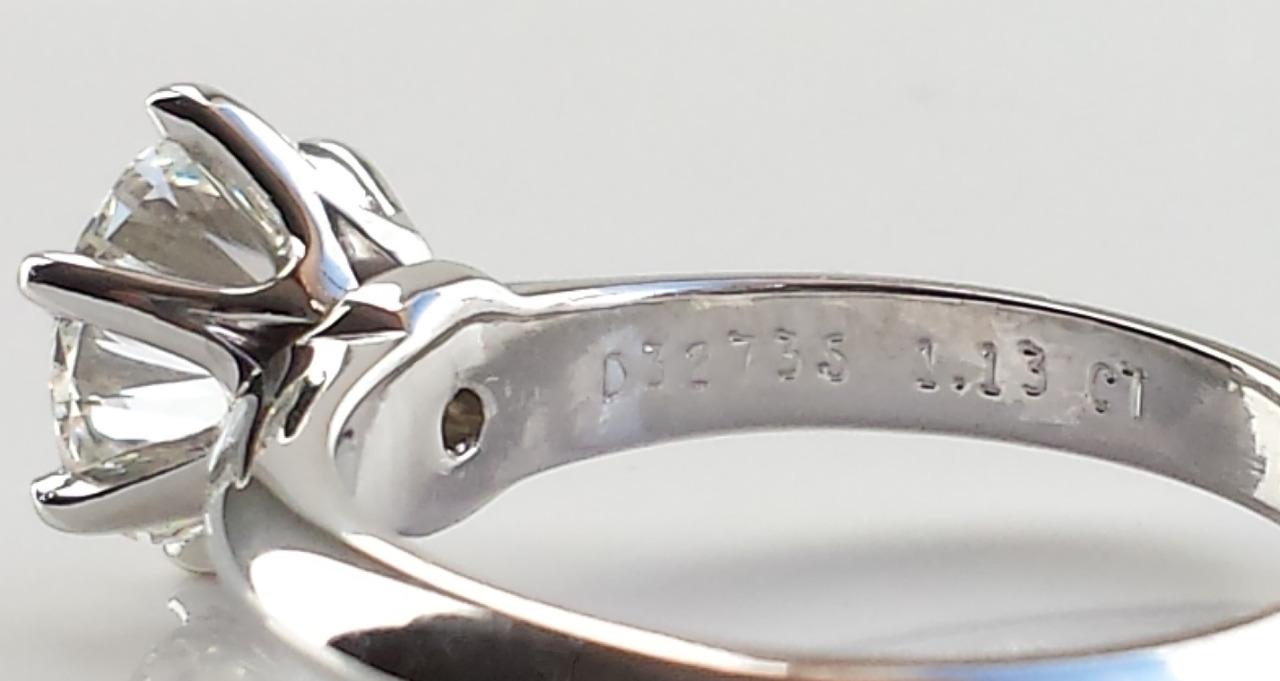When you begin diamond ring shopping, you’ll be surprised to learn the complex issues surrounding the purchase of a small sparkly rock sitting on a band. Buying a diamond requires a lot more research than simply picking the one based on looks. There are actually ethical issues surrounding this thousand year old carbon that goes beyond being a sparkling bling secured in a fancy, alarmed glass case.
An ethically processed diamond ring is traceable. Tracing a diamond ring means to track the source of the ring’s origin as a rough diamond from the mine to the polished diamond at the retailer and ensuring that proper, responsible methods have been implemented throughout the process. Such a diamond would contain a serial number that can be traced from where the diamond was mined, rough diamond weight, and the final polished carat weight. Examples include brands such as CanadaMark and ForeverMark.
Why do diamonds need to be traceable?
Diamonds need to be traceable because of ethical issues that have arisen throughout history. This includes civil war eruption over diamond rights, diamonds traded to finance anti-government uprising, and child labor. Those diamonds became known as conflict diamonds. Fortunately, action has been taken to protect the legitimacy of diamonds to ensure they are ethically sourced and traded.
What does ethics have to do with a diamond?
Given that diamonds often serve as engagement rings in many parts of the world, and deemed as luxury goods, most consumers would not want their hard earned savings going towards financing child labor, violence, murder, or guerilla warfare. This leads us to international governing bodies.
Is a GIA diamond traceable?
When shopping for a ring, you will often run into the term “GIA certified”. This refers to the guaranteed quality control standards of the Gemological Institute of America – one of the oldest and most reputable diamond certification bodies. Founded in 1931, GIA is a non-profit, independent research organization known for establishing the principles of 4C – color, clarity, cut, and carat weight as the universal language for diamond trading today.
The purpose of the organization is to research, educate, and protect consumers of diamond products. One important matter to point out is that GIA does not guarantee the diamond is traceable, but rather serves as a reliable grading body on the quality of a diamond. This improves the credibility of a diamond and helps with sales.
Kimberley Process Certification Scheme
In 2003, the United Nations General Assembly developed a regulatory system known as the Kimberley Process Certification Scheme. This scheme sets strict membership standards for countries around the world to take part as a qualified, legitimate diamond trading nation free of conflict, civil war relations, or child labor practice. Members of the Kimberley Process include Canada, China, Russia, South Africa, Thailand, Turkey, and Vietnam to name a few.
Over 50 nations are currently a member of the KP. In the United States, Kimberley Process certified diamonds are shipped out in sealed containers and accompanied with a Kimberley Process Certificate. This ensures the diamonds have not been involved in financing rebels, or terrorists.
In summary, when making a major purchase of diamond rings, care should be taken to validate the diamond’s origin, and authenticity. GIA is a certifying body on the quality of a diamond. The Kimberley Process is a regulatory system ensuring conflict-free diamonds.
Hopefully, you will take traceable diamonds into consideration when making this major purchase decision.
